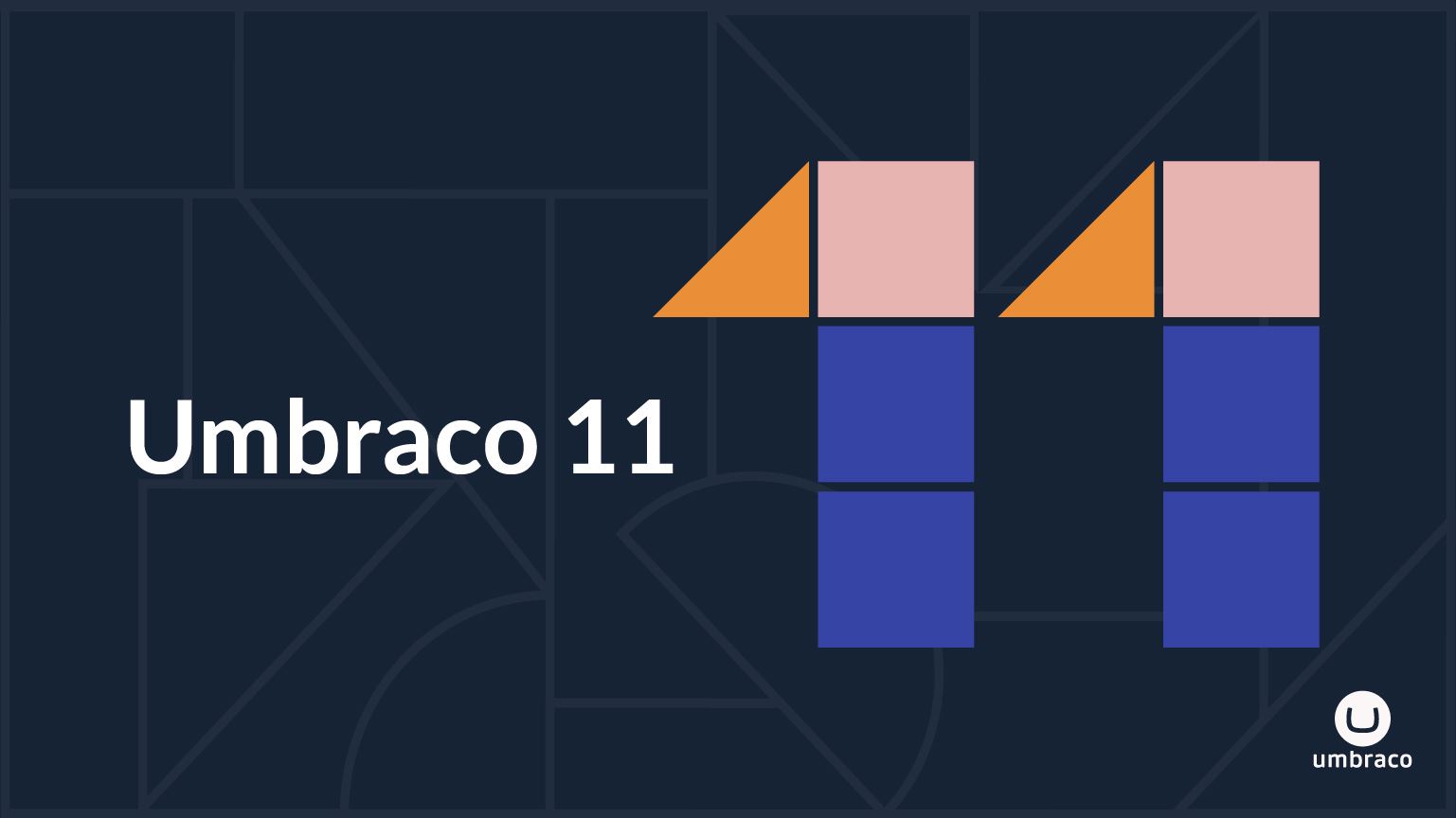In the ever-evolving landscape of content management systems (CMS), Umbraco has consistently stood out as a powerful and flexible platform. With the recent release of Umbraco 11, this open-source CMS takes a giant leap forward in providing even more tools and capabilities to deliver exceptional digital experiences.
Umbraco 11 and .NET 7 Integration
Umbraco 11’s leap to .NET 7 ensures that developers can harness the latest features and improvements the .NET ecosystem has to offer. .NET 7 is known for its high performance, enhanced tooling, and more nuanced functionalities that serve both developers and end-users effectively.
Being on .NET 7 allows Umbraco 11 to integrate seamlessly with the latest libraries and tools, opening up a world of possibilities for developers to extend and customize their installations as well as benefit from the latest improved security features.
The Block Grid Editor
In content management, providing editors with tools that are as powerful as they are intuitive is pivotal. The Block Grid Editor is Umbraco's latest solution to this and could serve as a focal point in bridging design flexibility with user-friendly content creation. It supersedes the Grid Layouts Editor used in older versions of Umbraco. However, users that are familiar with this should have no issue making the switch.
Here are 5 reasons we really like the new Block Grid Editor:
-
Drag-and-Drop Interface: The Block Grid Editor has an improved user-friendly drag-and-drop interface, allowing content editors to place content blocks effortlessly within a grid.
-
Flexible Content Creation: Content creators can choose from a variety of predefined blocks or create custom ones, granting unparalleled flexibility in how content is presented.
-
Responsive Design Compatibility: The grid system ensures that content looks great across devices. Whether viewed on a desktop, tablet, or smartphone, the Block Grid Editor ensures optimal presentation.
-
Extensibility: Developers can design and integrate custom blocks into the Block Grid Editor, making it an adaptable tool that can be tailored to unique content requirements.
-
Streamlined User Experience: The intuitive nature of the Block Grid Editor reduces the learning curve for new content creators, while seasoned Umbraco users will appreciate the enhanced control and flexibility it offers.
Other Changes in Umbraco 11
Other notable changes in Umbraco 11 include the decoupling of dependencies such as ImageSharp as well as updates to others such as TinyMCE. Smidge, Npoco and Mailkit. There have been changes made to the codebase to help promote a cleaner architecture as well several UI/UX updates and bug fixes.
It's also worth noting that Umbraco 11 is not considered a LTS (long-term support) version meaning it will reach its end of life on 1st December 2023.
Conclusion
Umbraco has been synonymous with user-friendly and flexible CMS, providing developers and content creators with a platform that harmonizes usability with robust functionalities. The introduction of Umbraco 11 continues this tradition, boasting enhancements, new features, and integration capabilities such as the move to .Net 7 and the introduction of the Block Grid Editor.
We're big fans of Umbraco 11 and especially the new Block Grid Editor and we're certain our customers will be to - in fact we have already put it to use on our own website to write this article!




